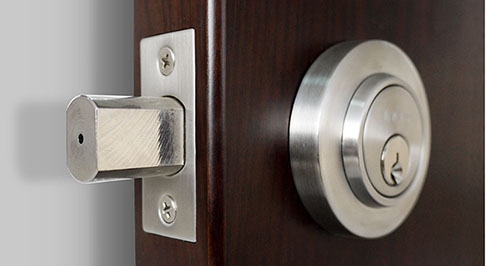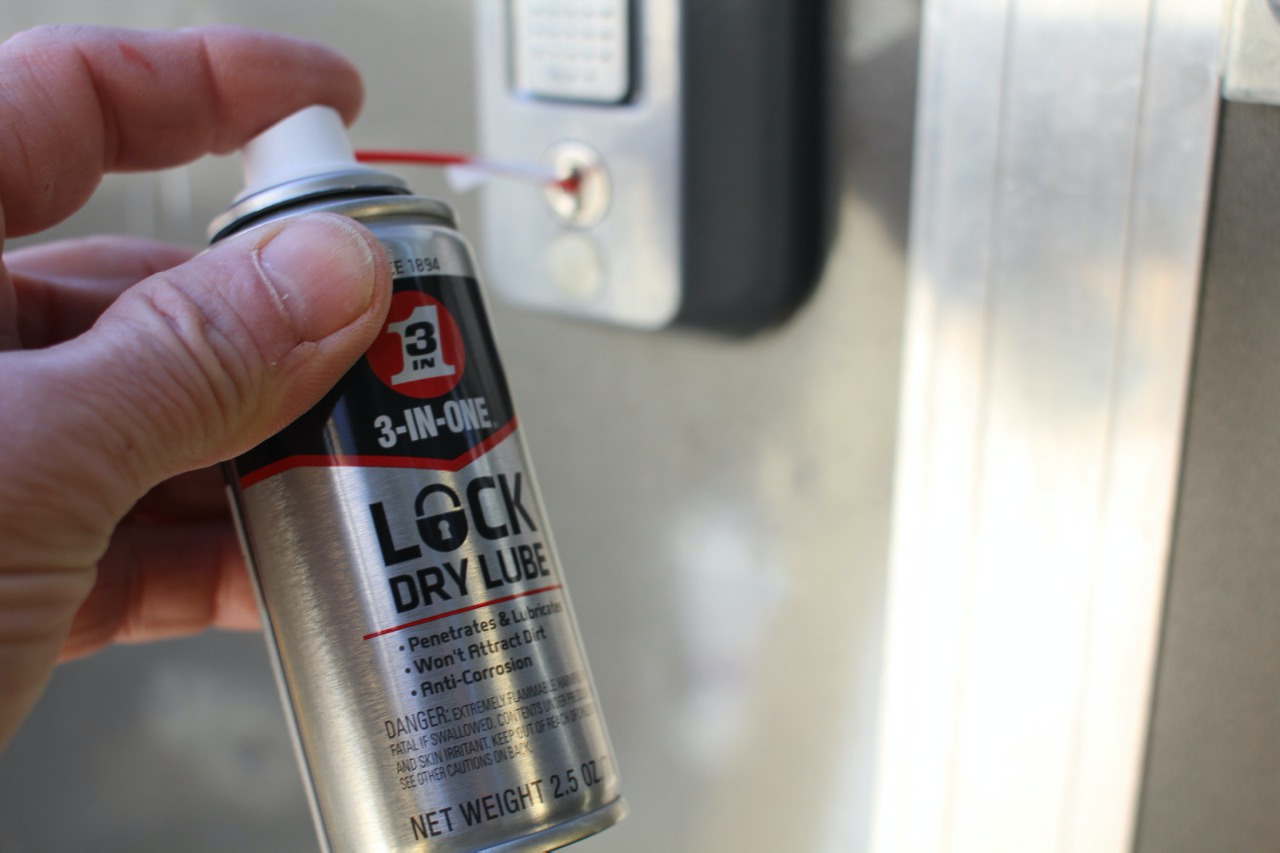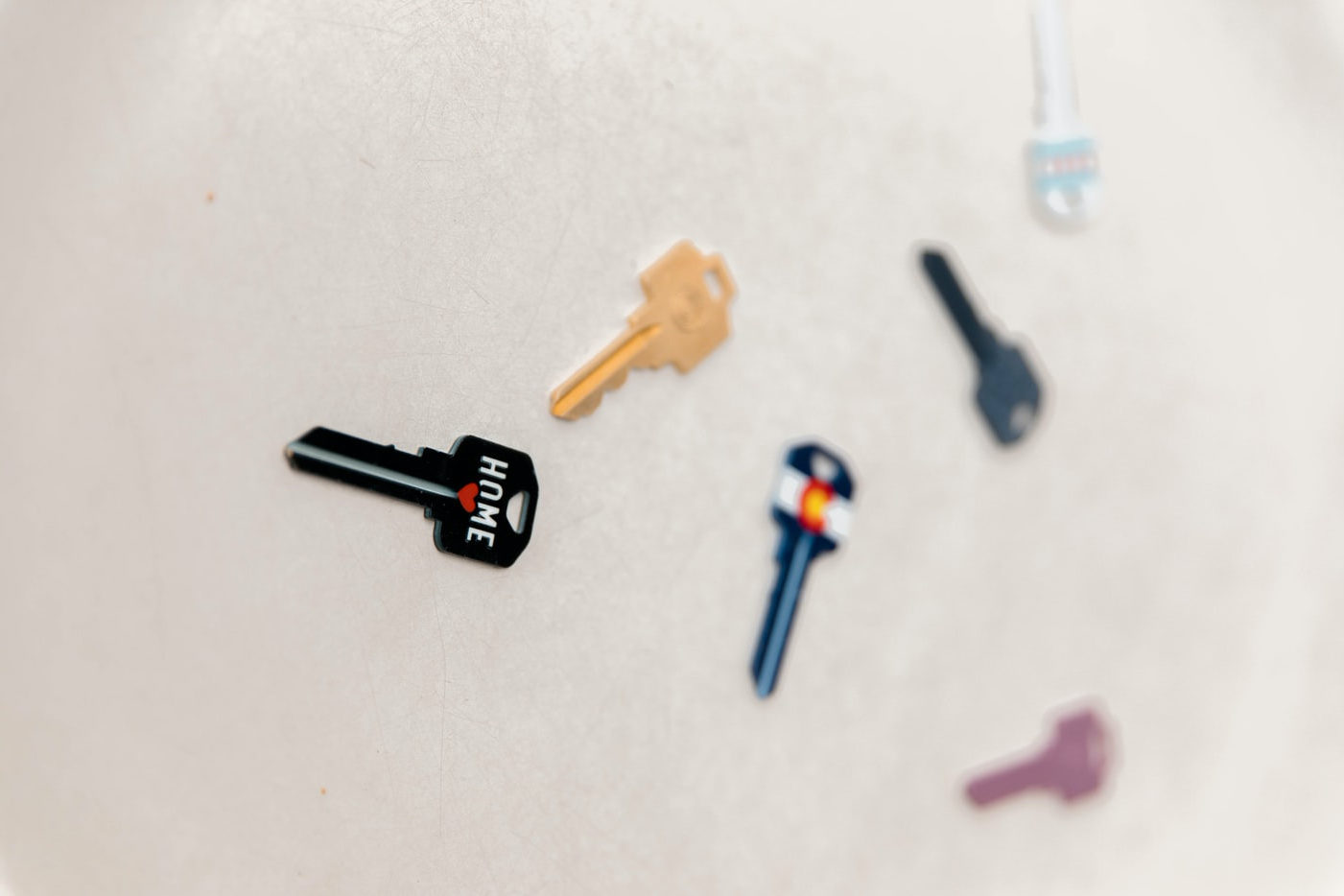Every mechanical device needs regular maintenance to ensure it continues to work correctly. Your door lock is no exception.
Proper Door Lock Maintenance
We use door locks every day but often neglect their maintenance. With decent quality locks, most failures stem from lack of maintenance or improper installation.
It’s common to believe a door lock will always work. Even hardware store-quality locks can operate for decades, depending on the amount of usage. Most residential locksmiths agree the average lock’s lifespan is about seven years.
Lock maintenance isn’t usually on regular family maintenance “to do” lists, but it should be. Maintaining your locks helps the locks perform better and may prevent you from having to pay more for door lock repairs later on.
As with all mechanical items, dirt and grime will get into the door lock. Without proper maintenance, the lock will eventually become extremely hard to operate, or even finally break.
To get the most from your locks, use these six key steps to maintain them:
1. Ensure Your Door is Hung Correctly
A lock only functions correctly if the door is installed correctly and prepared for the lock. A door that sags or drops could create an incredible amount of pressure on the lock’s latch or bolt, and lead to a failure that leaves you locked in or out of your house.
The gap between the door and the frame should be uniform across the top and sides. Our recommendation is approximately 1/8 of an inch and less than a quarter inch.
2. Check Your Door’s Screws and Strike Plates

At least one screw securing the top hinge to the doorframe should be long enough to connect the door to the wall framing around the door. To prevent door sagging and increase break-in resistance, homeowners should add a longer, three-inch screw to each hinge. The hinge screws are staggered, but the longer screws should be located near the center of the wall.
While looking at the door frame, also check the strike plates. The plate for the deadbolt should have long screws securing it to the wall, just like the hinges.
3. Test Your Deadlatch and Deadbolt

When your door is closed, the deadlatch shouldn’t fall into the strike plate. The deadlatch is a vital security feature built into modern entry locks, but it won’t work if it’s not correctly aligned with the strike plate.
Also, when the door closes, the deadbolt should work freely. You shouldn’t need to pull, push, or lift the door to operate the lock. Then, take a minute to ensure the deadbolt’s hole in the door jamb is deep enough for the bolt to extend completely. Your deadbolt isn’t locked and protecting your home unless it’s fully extended.
A deadbolt lock is a fundamental element of home security, though not all are created equal. Learn more about how deadlocks can increase your security here.
4. Clean Your Door Locks
External maintenance for your door lock is incredibly simple. Some lock manufacturers suggest using only a damp rag. At the most, use a mild soap or detergent to clean your door locks.
You’ll actually do more harm than good by using an abrasive or chemical cleaner on your lock. The protective coating on most door locks will withstand normal usage for many years, but not heavy use or cleaning chemicals.
5. Maintain The Inside Of Your Locks With Annual Lubrication

The outside of your lock is clean, but is the inside of your lock being maintained too? One of the most important yet most commonly overlooked maintenance factors is lubricating your door locks.
At A Carolina Locksmith, we don’t recommend petroleum-based products. Graphite lubricants can work well, but we recommend Teflon and other dry lubricants because they are the best and easiest to apply.
Spray a small amount of lubricant into the keyway. After spraying the lubricant inside the lock, move your key in and out of the lock. Each time you remove the key, remove any debris off it before you place it back in the lock. Use this method to lubricate your locks at least once a year.
6. Copy Keys From an Original

The final factor in maintaining a lock is maintaining the key itself since keys will wear out before the lock does.
Once a key starts to wear out, replace it. But, duplicates are never exact, and variances increase when a copy is made from another copy.
A variation of only a few thousandths of an inch can be the difference between a working key to one that you have to jiggle, or that doesn’t work at all. So, when installing a new door lock, it’s best to set aside one of the original keys specifically to use for creating copies.
We also recommend keeping a duplicate from the original and storing it in a safe place. This precaution will ensure that you have a backup key when the original no longer works.



As you mentioned, we’ve never invested in lock maintenance as a family. We aren’t completely aware of the possible dangerous situations that we might face until I’ve read your article. I hope it’s not too late to hire an emergency locksmith who can improve our home locks as soon as possible.